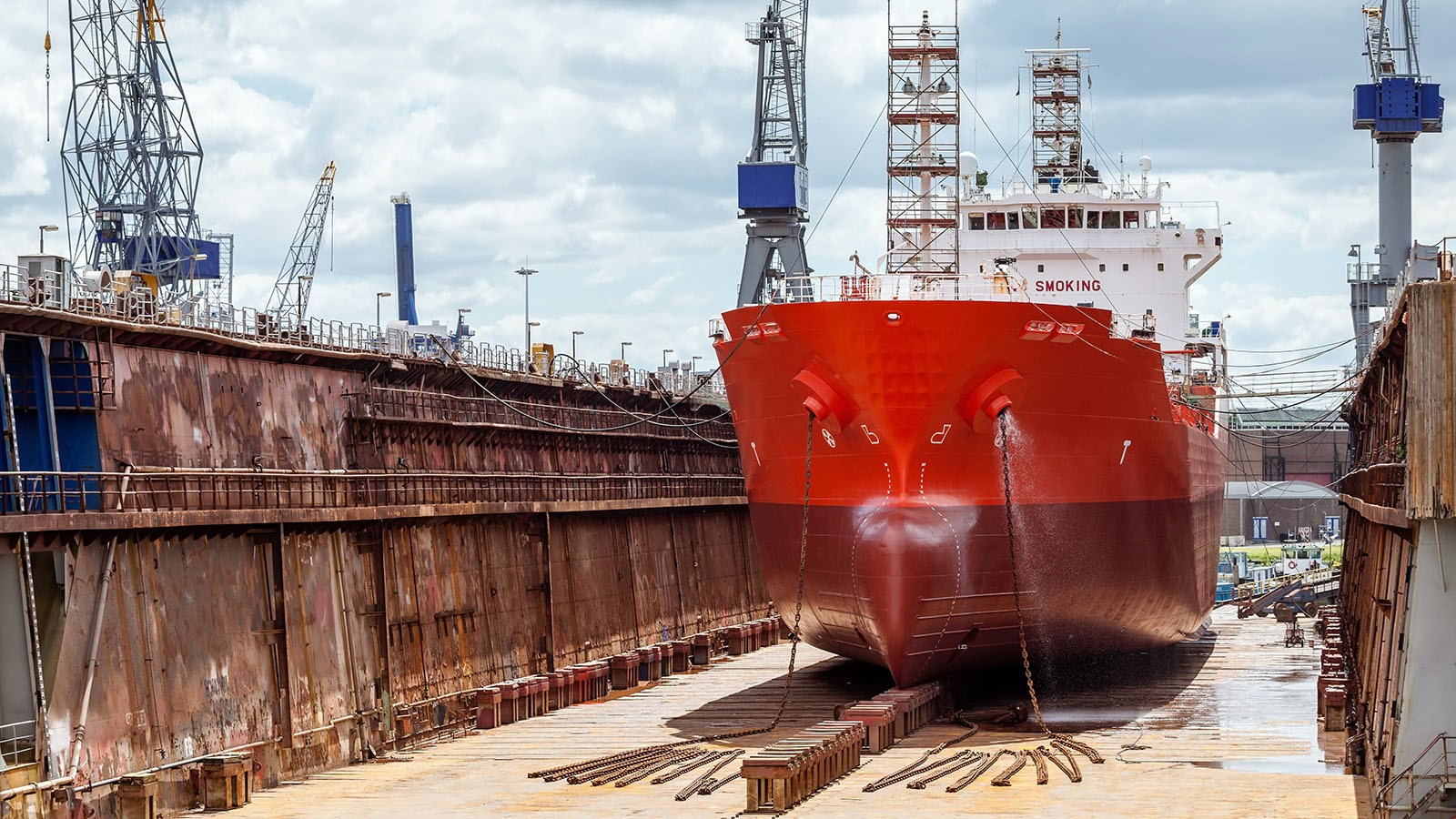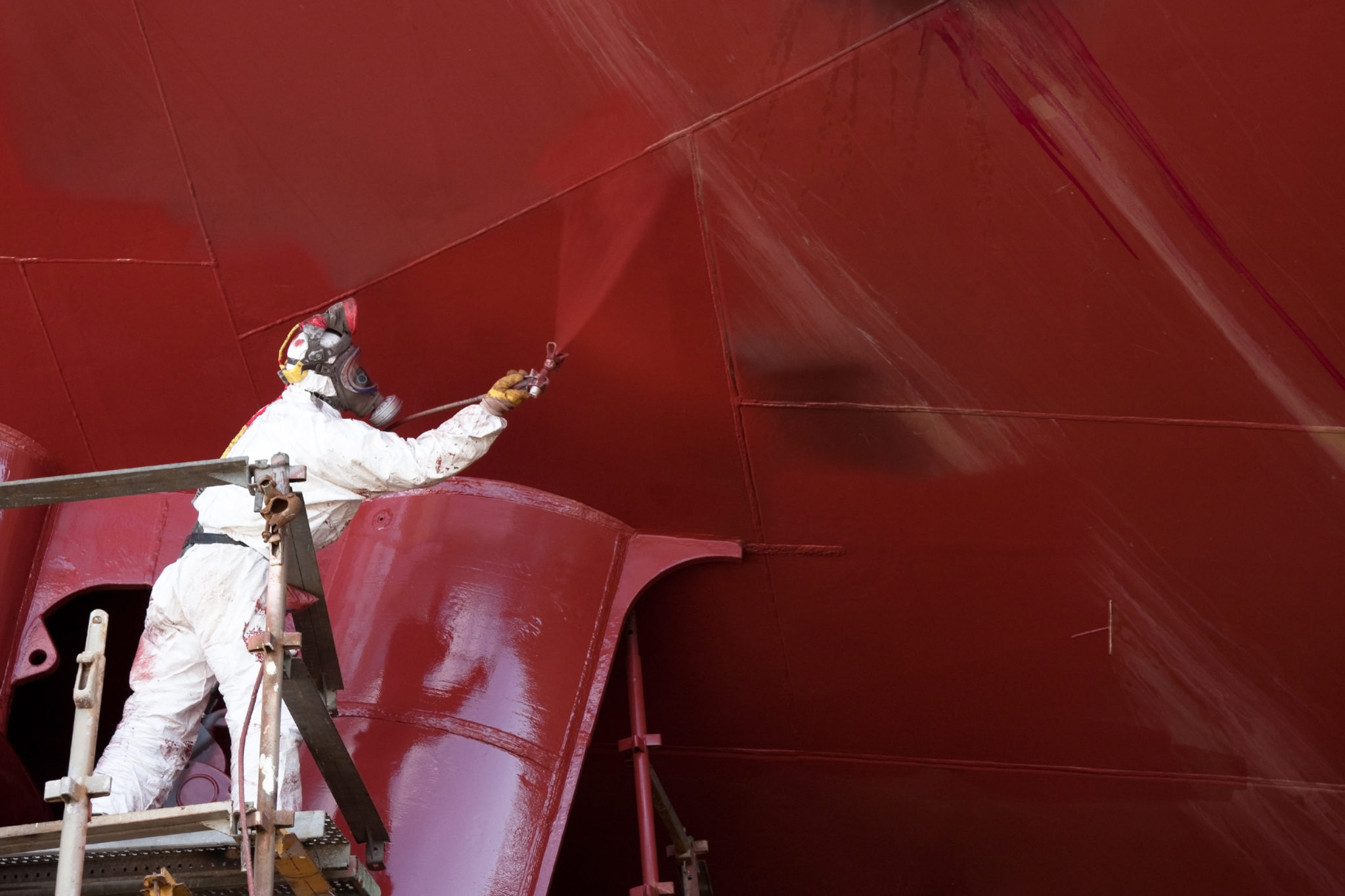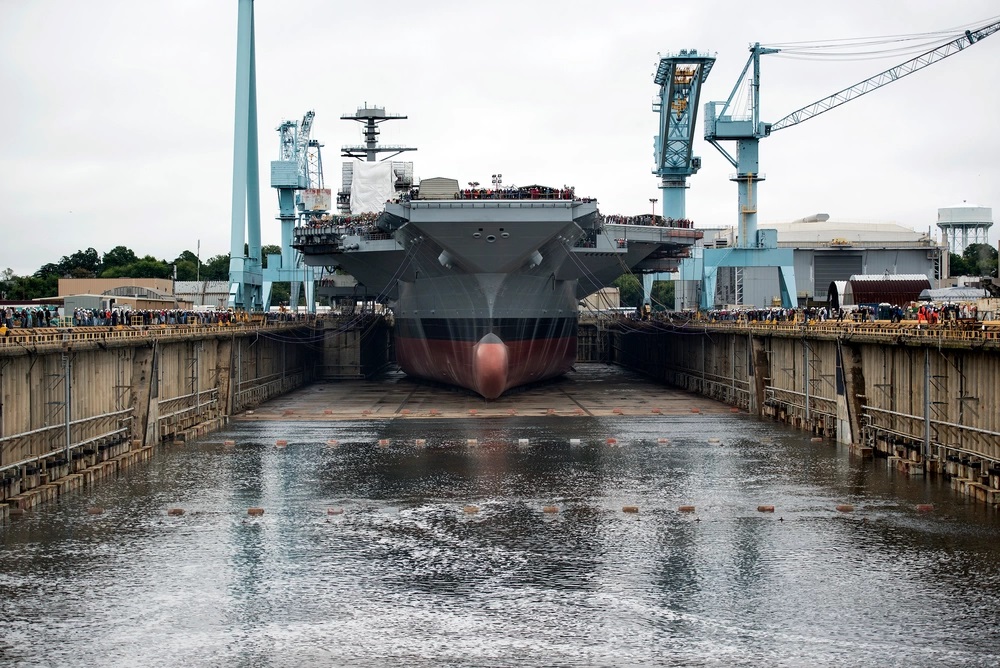How is a ship taken to DRY DOCK
It is believed that dry docking activity regularly can ensure ships' safe and efficient operation. The process of dry docking refers to taking a ship to the service yard for repairs. The two main objectives of ship dry docking are:
According to the 1974 SOLAS regulations, ships must be dry docked twice in five years. With technological advancements in the industry, paint materials and steel quality have improved, making the process more reliable.
Also, the worldwide shipping pattern has changed whereby ships tend to be at sea for more extended periods of a year. Hence, it is essential to carry out repairs frequently to avoid hindrances to the ship's operation.
So, what is the actual process of dry docking? Let's have a deeper look!
Ship Arrival & Entering the Dry Dock
After the necessary preparatory work, the ship arrives at the yard to carry out the port formalities. Shipyards arrange the required blocks as per the specific docking plan. Once it's done, it proceeds to the dry dock with shipyard personnel and tugs boat assistance.

Dock Pumping and "Taking of Blocks"
Depending on the size, the dry dock drains the water within 8 to 10 hours. Before the ship is rested on the blocks, specialized teams make sure the block structures are in the correct location.
Cable Ranging
The anchor chains or cables are ranged on the bottom of the dock once it's dry. They are measured and inspected to decide whether the defective parts are replaced and repaired as required and deduct the quality of the cables.
Hull Painting
This process consists of washing (using high-pressure washers to remove chlorides and marine growth), blasting (removes defective paint and rust from the ship side), and painting (done to prevent future corrosion and protect the steel integrity). It is one of the significant reasons for dry docking, as it ensures efficient operation of the ship for the next 5 years.
After extended periods of service and sailing, it is expected that ships may get marine growth such as slime or algae that builds upon the sides. This will directly impact the efficiency and ultimately leads to higher consumption of fuel.

Sea Chests Opening & Sea Valves Overhaul
The sea chest is a small space in the ship's hull that provides seawater intake for the cooling systems. This area and the ship-side valves are opened during the dry docking process for cleaning, inspecting, overhauling, and painting.
Necessary Maintenance
The ship teams carry out their maintenance work on pumps, engines, and tanks during this phase. Also, rudder, propeller, and shafting repairs are made if defects are identified.
Dock Flooding
Next, the dock is flooded and prepared for departure.

Departure and Trials
The ship is towed out of the dry dock and reaches a safe anchorage area. Sea trials will be made to check the ship's machinery operation. On completion of sea trials, the vessel is commissioned back to service.

















.png)
